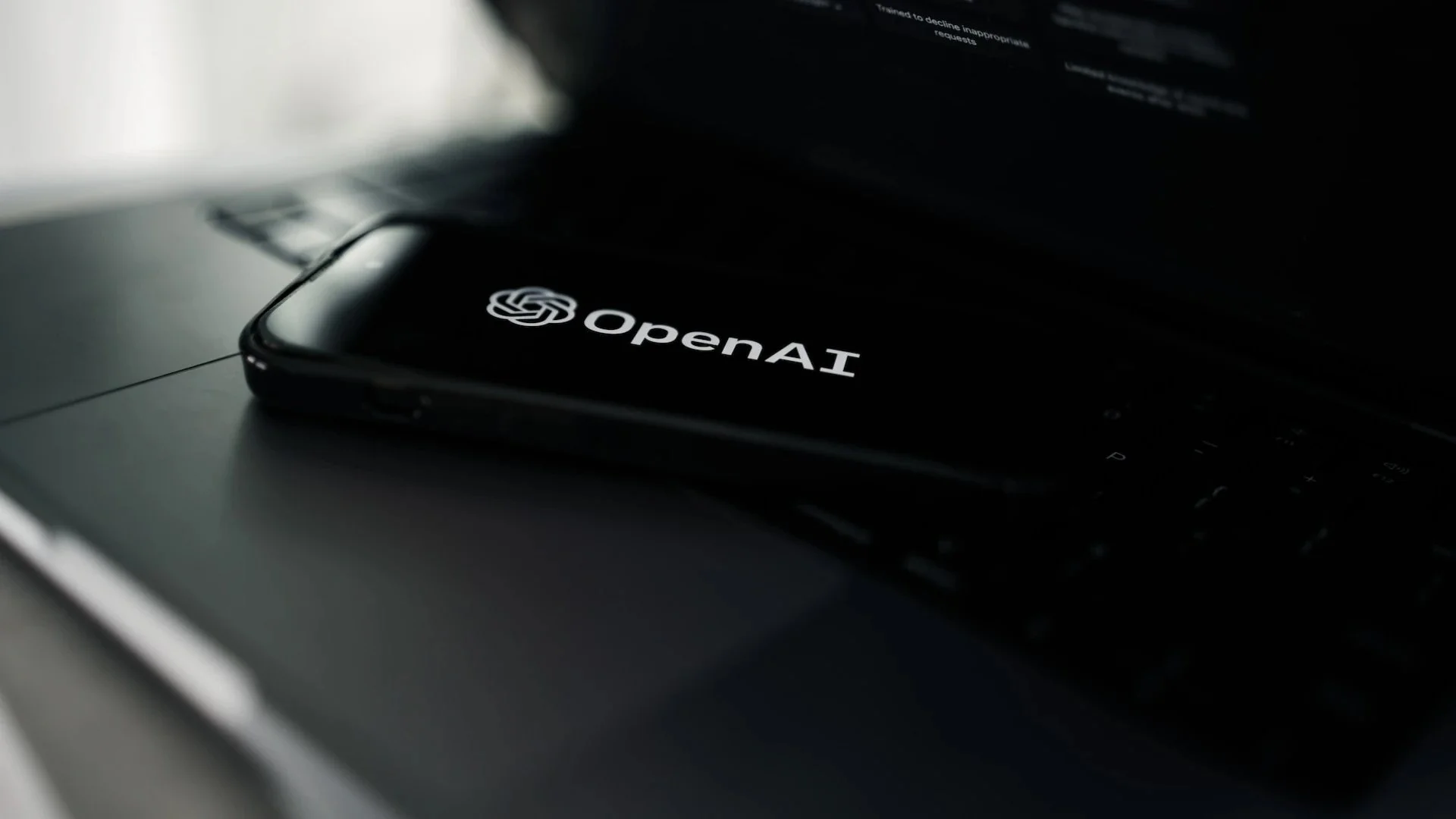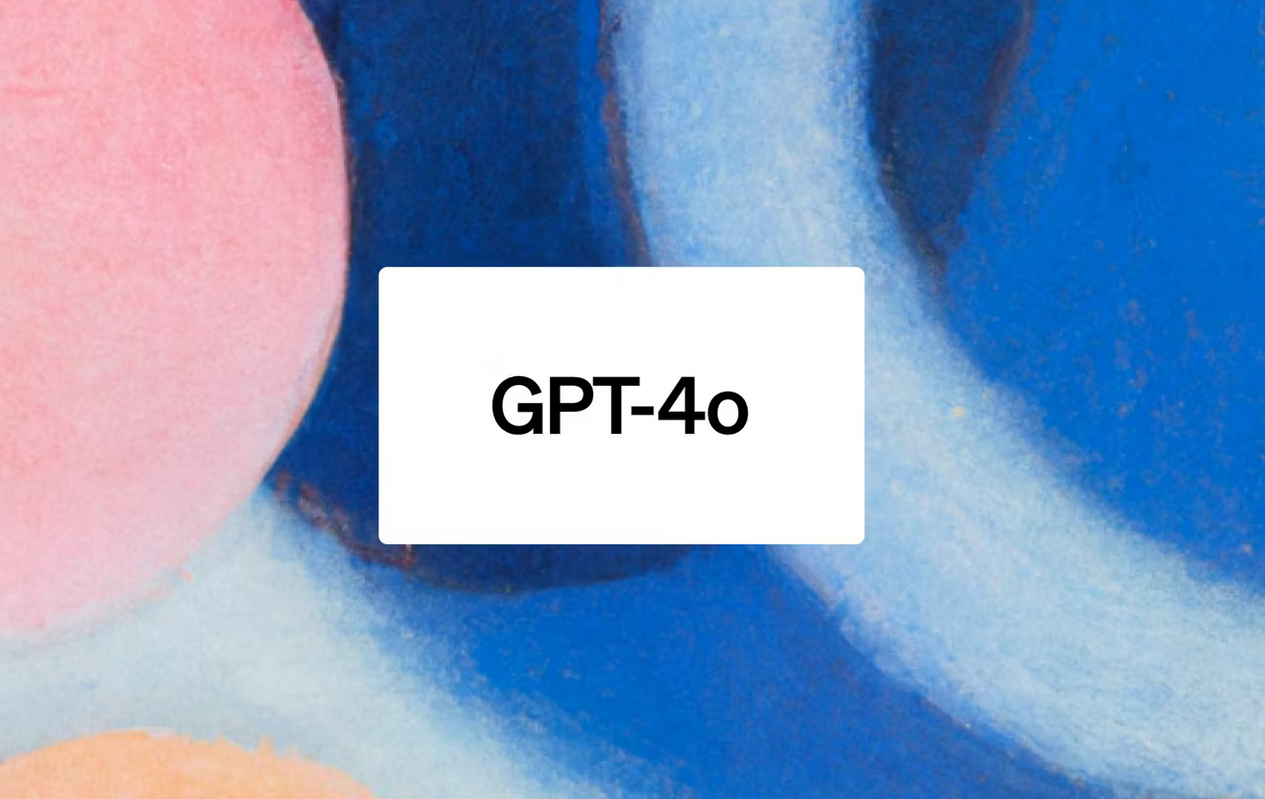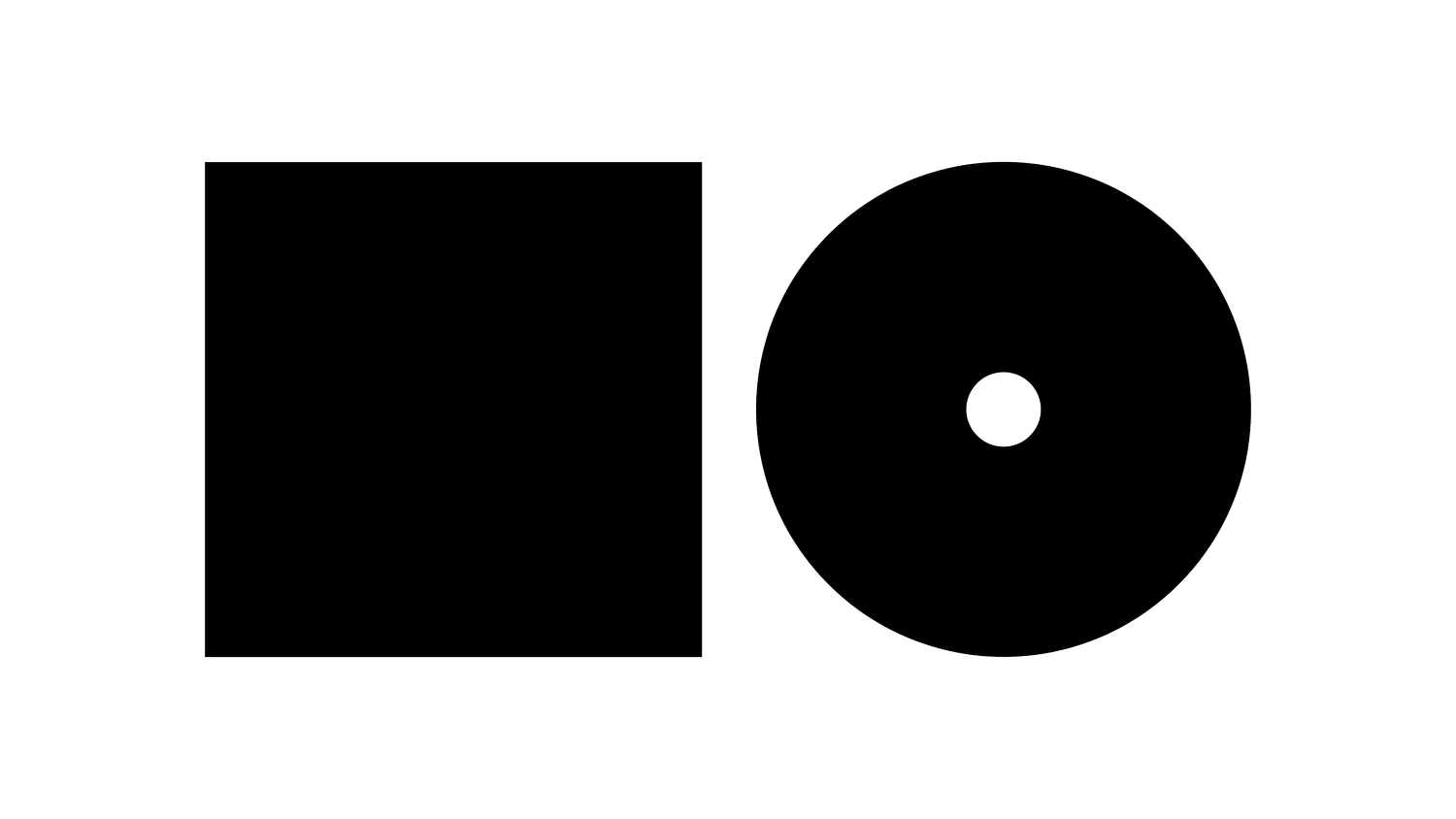 Image 1 of 8
Image 1 of 8

 Image 2 of 8
Image 2 of 8

 Image 3 of 8
Image 3 of 8

 Image 4 of 8
Image 4 of 8

 Image 5 of 8
Image 5 of 8

 Image 6 of 8
Image 6 of 8

 Image 7 of 8
Image 7 of 8

 Image 8 of 8
Image 8 of 8









GPT-4o can ideate comprehensive strategies for industry-wide circular transitions
GPT-4o, developed by OpenAI and launched in 2024, is the latest flagship model designed to revolutionise human-computer interaction by integrating text, audio, image, and video inputs and outputs. The "o" in GPT-4o stands for "omni," reflecting its multimodal capabilities. GPT-4o aims to provide more natural and efficient interactions, making it a versatile tool for various applications including customer service, content creation, and data analysis. The primary users of GPT-4o include developers, businesses, educators, and content creators.
Location
Headquarters: San Francisco, California, USA (OpenAI).
Operations: Global reach with users across multiple countries.
Strategic Reach: Cloud-based platform accessible worldwide.
The Circular Vision
Design Principles: Promotes efficient use of resources by enabling rapid content creation and reducing the need for extensive manual work.
Resource Optimization: AI-driven tools optimise the generation process, minimising time and energy consumption.
Life Cycle Considerations: Facilitates early-stage design and content creation, potentially reducing waste in later stages of production.
Leveraging for Good: Creators can use GPT-4o to produce high-quality digital content efficiently, promoting more sustainable practices by reducing the need for extensive physical resources.
Pioneering Solutions
Multimodal Inputs and Outputs: Accepts text, audio, image, and video inputs and generates text, audio, and image outputs.
Real-time Interaction: Responds to audio inputs in as little as 232 milliseconds, with an average of 320 milliseconds.
Enhanced Performance: 2x faster and 50% cheaper than GPT-4 Turbo, with 5x higher rate limits.
Voice Mode Integration: Combines transcription, intelligence, and text-to-speech natively, reducing latency.
Vision Capabilities: Analyses and discusses screenshots, photos, and documents containing text and images.
Memory Feature: Allows for continuity across conversations, making interactions more context-aware and personalised.
Multilingual Support: Enhanced quality and speed in 50 languages.
The Regenerative Future
Ecosystem Support: Supports regenerative content creation by enabling the rapid production of high-quality digital assets that minimise resource use and environmental impact.
Future Development: Continuous enhancement of AI algorithms to further improve content generation quality and efficiency.
Creative Empowerment: Empowers creators to focus on artistic expression by automating technical tasks, allowing for more innovative and impactful content.
Ethical Considerations
Data Usage: Ensures data privacy and security, managing the complexity of AI-driven insights while protecting user information.
Bias Mitigation: Implements measures to prevent or address algorithmic bias, ensuring fair and accurate outcomes.
Transparency: Provides clear, data-driven insights and recommendations, allowing users to understand the basis for optimization suggestions.
Guardrails: Includes safety measures to prevent the generation of harmful or inappropriate content, such as blocking violent, adult, or political content.
Challenges: Potential over-reliance on AI-generated content, possibly limiting human creativity if not properly balanced.
Fact Sheet
Availability: Available globally through OpenAI's platform and API.
RIBA Stages: Most useful in stages 2-4 (Concept Design, Developed Design, Technical Design).
Circular Potential: 5/5.
Key Integrations: Compatible with various digital platforms and software.
Cost Structure: API operates on a cost-per-image basis, with volume discounts available for enterprise customers.
Carbon Impact: Potential for reducing carbon footprint through efficient digital content creation processes, but platform's own carbon impact minimised through cloud-based operations.
Key Takeaway
GPT-4o is at the forefront of integrating AI in multimodal content creation, offering a platform that dramatically reduces creation time while optimising for efficiency and quality. It has the potential to transform human-computer interactions, enabling rapid iteration and exploration of innovative and sustainable options.
Explore Further
GPT-4o, developed by OpenAI and launched in 2024, is the latest flagship model designed to revolutionise human-computer interaction by integrating text, audio, image, and video inputs and outputs. The "o" in GPT-4o stands for "omni," reflecting its multimodal capabilities. GPT-4o aims to provide more natural and efficient interactions, making it a versatile tool for various applications including customer service, content creation, and data analysis. The primary users of GPT-4o include developers, businesses, educators, and content creators.
Location
Headquarters: San Francisco, California, USA (OpenAI).
Operations: Global reach with users across multiple countries.
Strategic Reach: Cloud-based platform accessible worldwide.
The Circular Vision
Design Principles: Promotes efficient use of resources by enabling rapid content creation and reducing the need for extensive manual work.
Resource Optimization: AI-driven tools optimise the generation process, minimising time and energy consumption.
Life Cycle Considerations: Facilitates early-stage design and content creation, potentially reducing waste in later stages of production.
Leveraging for Good: Creators can use GPT-4o to produce high-quality digital content efficiently, promoting more sustainable practices by reducing the need for extensive physical resources.
Pioneering Solutions
Multimodal Inputs and Outputs: Accepts text, audio, image, and video inputs and generates text, audio, and image outputs.
Real-time Interaction: Responds to audio inputs in as little as 232 milliseconds, with an average of 320 milliseconds.
Enhanced Performance: 2x faster and 50% cheaper than GPT-4 Turbo, with 5x higher rate limits.
Voice Mode Integration: Combines transcription, intelligence, and text-to-speech natively, reducing latency.
Vision Capabilities: Analyses and discusses screenshots, photos, and documents containing text and images.
Memory Feature: Allows for continuity across conversations, making interactions more context-aware and personalised.
Multilingual Support: Enhanced quality and speed in 50 languages.
The Regenerative Future
Ecosystem Support: Supports regenerative content creation by enabling the rapid production of high-quality digital assets that minimise resource use and environmental impact.
Future Development: Continuous enhancement of AI algorithms to further improve content generation quality and efficiency.
Creative Empowerment: Empowers creators to focus on artistic expression by automating technical tasks, allowing for more innovative and impactful content.
Ethical Considerations
Data Usage: Ensures data privacy and security, managing the complexity of AI-driven insights while protecting user information.
Bias Mitigation: Implements measures to prevent or address algorithmic bias, ensuring fair and accurate outcomes.
Transparency: Provides clear, data-driven insights and recommendations, allowing users to understand the basis for optimization suggestions.
Guardrails: Includes safety measures to prevent the generation of harmful or inappropriate content, such as blocking violent, adult, or political content.
Challenges: Potential over-reliance on AI-generated content, possibly limiting human creativity if not properly balanced.
Fact Sheet
Availability: Available globally through OpenAI's platform and API.
RIBA Stages: Most useful in stages 2-4 (Concept Design, Developed Design, Technical Design).
Circular Potential: 5/5.
Key Integrations: Compatible with various digital platforms and software.
Cost Structure: API operates on a cost-per-image basis, with volume discounts available for enterprise customers.
Carbon Impact: Potential for reducing carbon footprint through efficient digital content creation processes, but platform's own carbon impact minimised through cloud-based operations.
Key Takeaway
GPT-4o is at the forefront of integrating AI in multimodal content creation, offering a platform that dramatically reduces creation time while optimising for efficiency and quality. It has the potential to transform human-computer interactions, enabling rapid iteration and exploration of innovative and sustainable options.
Explore Further













































